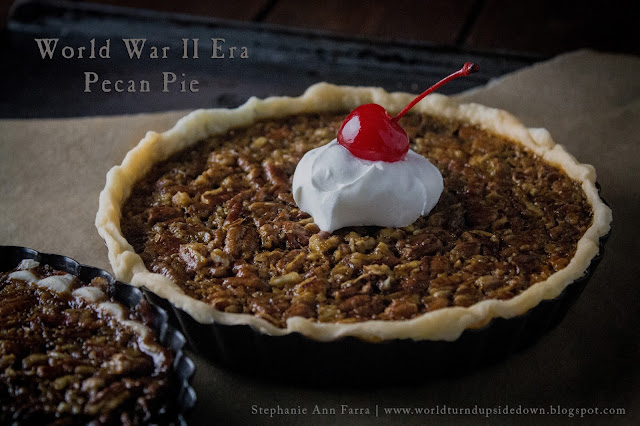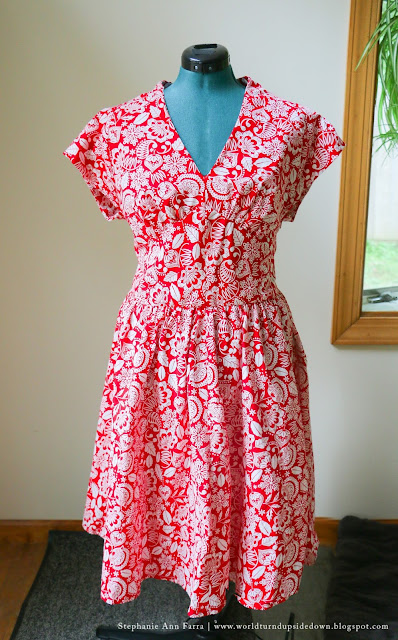I am sorry that this is so long. This is something I don't like to talk about but I've had enough inquiries that I thought it best to address it as I hate it when a blogger you follow ghosts leaving you to wonder how the story ended. People have been asking where I have been and if I've stopped blogging etc. The truth is, the past few years I've been really sick and I don't like to talk about it.
Getting sick started a few years ago and it was a slow process. My joints would hurt and I'd be tired. My hips always hurt. I was just getting old, it was nothing to worry about. College took up a lot of my time but I still was dancing, painting, writing, reading, reenacting and doing all the things I loved.
But my junior year things started to get weird. I was really tired despite sleep. I was stressed out but not excessively so. I was always a fairly good student but I was having trouble remembering things.
I failed a test and my professor asked me to come see him. He didn't understand how I didn't get any these questions right when I was discussing the topics in depth in class a day prior. He even added that my grade was statistically improbable. I would have gotten a better grade if I didn't even read the questions and just guessed. I had a hard time explaining it either. My professors decided it was testing anxiety although I never had that before. I was happy to have some kind of explanation. I was functional by my recall of specifics was terrible.

But my memory got worse and worse. I once got stranded at school because I forgot my purse, phone and money and couldn't remember any phone numbers to call to get someone to pick me up. I was afraid to touch my hair because it would fall out in clumps. I went to the doctor. He didn't take me seriously. He said I was just stressed and should start keeping lists. (If any of you know me, you know I'm an insane list maker. So this suggestion was ludicrous.)
Student teaching was a nightmare. My coop teacher had just had twins and needed some time off so I was more or less on my own. Standing that long started to become an issue. I had to sit or lean. I was excessively tired. It was stressful enough without the memory issues. I would walk from the back of the room to the front to write something on the board and forget what I was going to write on the way up. My spelling was terrible and I dreaded those occasions when I would stop half way through a word on the board because it didn't look right and I would have to turn to that slightly smug AP student to nod that my spelling was correct but I was so thankful they were there. By this point I knew there was something seriously wrong but I didn't have the time, energy or money to try and address it and the doctor before said nothing was wrong.
It's a horrible feeling to be sick and not know what's wrong. Over the next few years, everything got worse. I was too tired to spend much time at reenactments. I went from dancing every night to a couple times a week here and there. My hip joints hurt as much as ever. Reading was a nightmare. I reread every paragraph on a loop over and over again. I reread every paragraph on a loop over and over again. I reread every paragraph on a loop over and over again. I had so little energy, I did what I had to do and went home to sleep. My relationships with people were virtually nonexistent. Even my boyfriend stung me with "All you ever want do when I come over is stay in bed!" I learned a lot about photography at this point. Painting took too much effort but I could learn about photography in bed.

I didn't just lack energy. I physically spent 18 hours a day lying on the floor, hardly able to drag myself to the kitchen to get something to eat. The bed hurt. Everything hurt. It was hard for me to do easy tasks like opening doors. I couldn't stand very long. I went to work and spent most of my days pretending nothing was wrong. Work was hard because my energy was so limited, I was always on the verge of tears. My friend's mom said I should go get checked for Lyme and I kept putting it off. I finally dragged myself to the doctor and was diagnosed with Post Treatment Lyme Syndrome, and later Hypothyroidism and Cushing's Disease likely brought on by the Lyme.
I'm not going to go through everything it took to get diagnosed and sorted out but it was so many doctors and doctors appointments. And TE$TING. Lots of TE$$$TING. It was hard to work and paying for all of my medical bills was killing me. I needed another job but it was virtually impossible. I thought knowing what the problem was would fix everything but it didn't. I stopped going to my doctors appointments because I didn't have the energy to make the appointments, find the doctors, fight with insurance. The medicine that was supposed to fix everything didn't do anything. I was spending so much money and not feeling any better. It was around this time that my family found out what was going on. A childhood friend died from complications due to Lyme, she was getting hip surgery. My family was pretty adamant that I continue with everything although I had long lost interest in trying.
I had to take pills. Lots of them. But this pill has to be taken without food, another with food, one couldn't be taken with calcium, one was calcium, some made me sick but I had to take them anyway, some didn't work and we had to try new things, most of them I couldn't pronounce. Almost all had some sort of negative side affects but that was only if I remembered to take them. Which I didn't. I still hurt and I still had memory issues. I was very depressed, still had no energy, could barely leave the house. It even became hard for me to carry the weight of my camera.
To go from someone who was used to being able to remember lectures word for word and the page numbers where I read a particularly interesting passage a few years prior who would make art, write, go hiking, camping, sailing. I was devastated. Who are you even after you can't do anything that makes up your very being? Looking at the shell of my life and watching everyone living theirs was SO hard. I watched friends dance and going out at night and I knew I couldn't do those things I took for granted. I let so many people down. I couldn't stay out long with friends. I couldn't volunteer like I used to. I'd forget to show up. And even if I went, what good was I? I wasn't much good physically and I wasn't much good in the way of conversation. I was good for nothing. It was so dark and I wanted to be dead. I felt like a burden on everyone. My only real connection to the outside world was through social media.
I spent a lot of time dying and about a year dead.
I'm feeling so much better now. Whatever odd cocktail of pills I'm on seems to be working good enough and I'm getting better at knowing and working within my limitations. I still have my bad days and weeks, but I'm out of the house. Sometimes, I'm overly excited that I went out (please bear with me, it's like everything is new.) Even things I did for years are new. I'm relearning so much. The pain is manageable. I'm so thankful to everyone who has stuck through this with me! I hope to be blogging again soon!























































